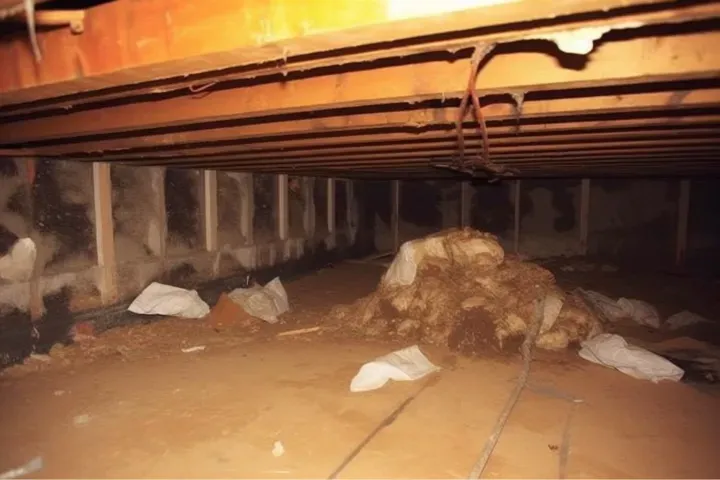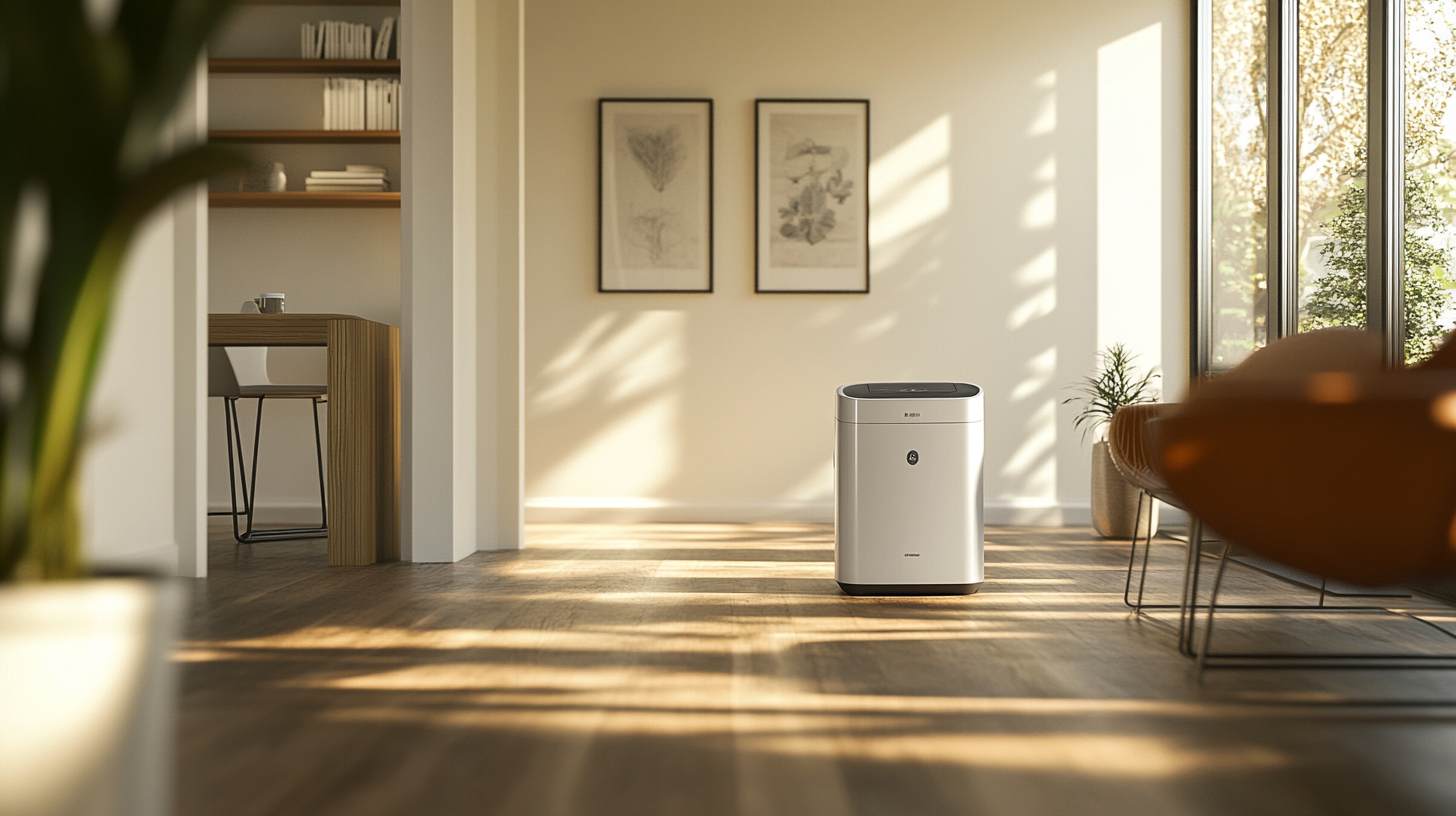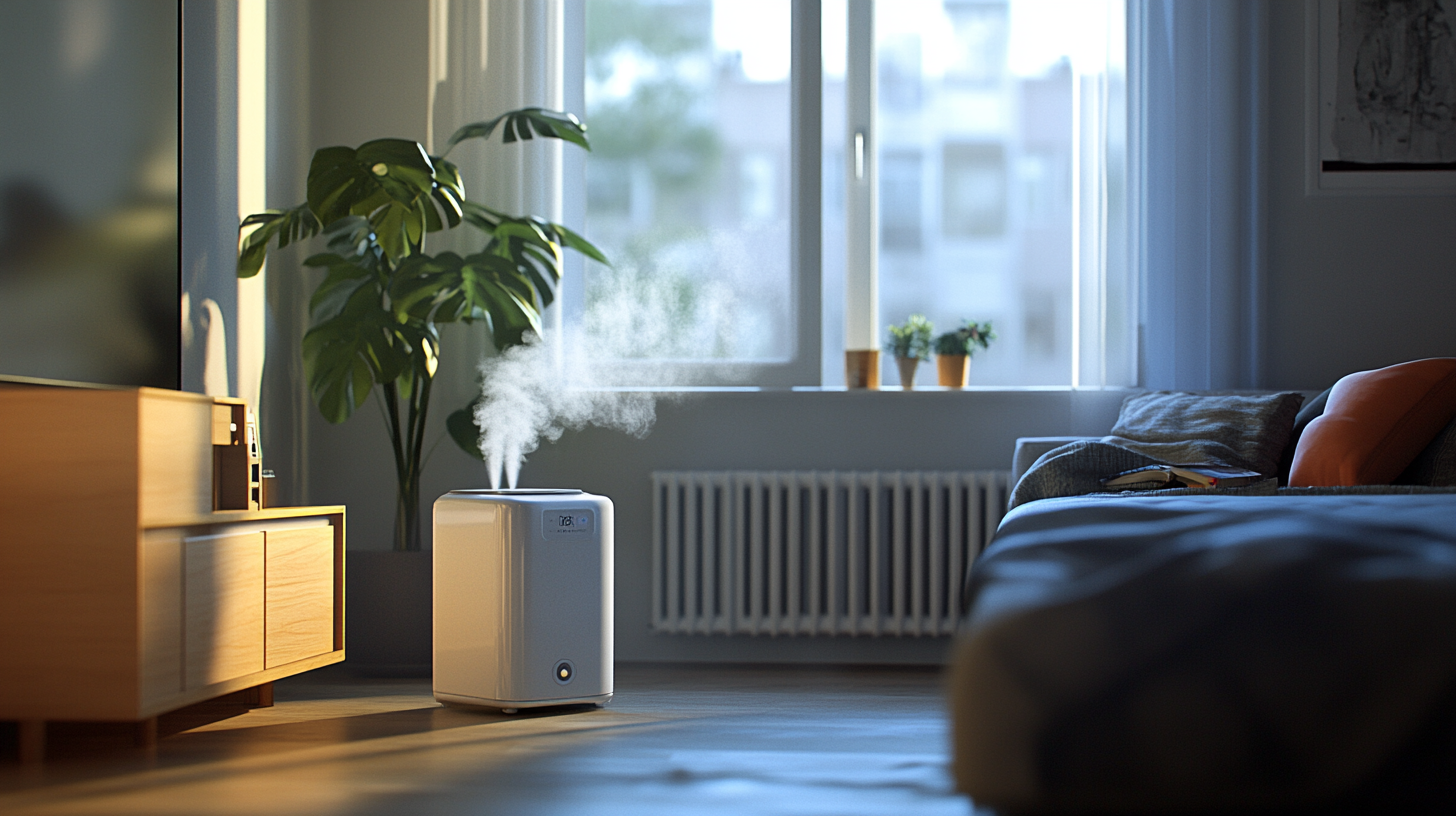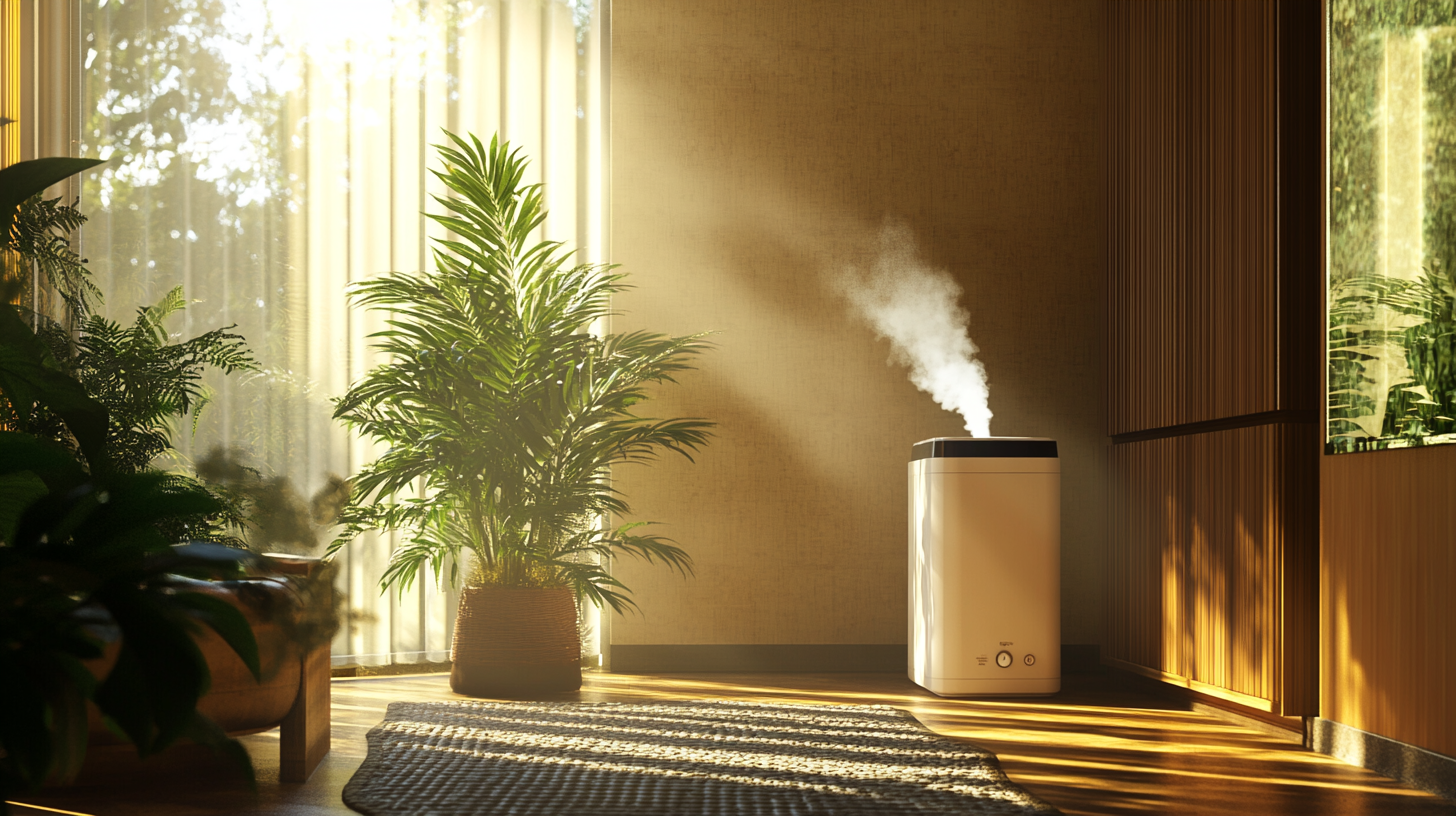
Welcome to our comprehensive exploration of a critical yet often overlooked aspect of home maintenance: moisture control. In this blog, we delve into the vital importance of managing moisture levels within our living spaces. Moisture, an omnipresent element in our environment, plays a pivotal role in not only preserving the structural integrity of our homes but also in ensuring a healthy living environment for its inhabitants.
Imagine your home as a living entity, breathing and interacting with its surroundings. Just like any living organism, it requires a balanced environment to thrive. Moisture control is akin to maintaining a healthy heartbeat for your home. When left unchecked, excessive moisture can become a silent destroyer, gradually undermining the very foundations of your home. From the warping of wood to the insidious growth of mold, uncontrolled moisture can stealthily compromise both the strength of your home and the health of your family.
In this blog, we will guide you through the multifaceted impacts of uncontrolled moisture - exploring how it can affect everything from the longevity of your building materials to the air quality within your walls. Understanding these impacts is the first step in adopting effective moisture control strategies, ensuring your home remains a safe, comfortable, and enduring sanctuary for you and your loved ones.
Understanding Home Moisture Dynamics
In this section, we delve into the intricate dynamics of moisture within our homes. Understanding how moisture enters and moves through our living spaces is crucial for effective moisture management. This knowledge not only helps in maintaining the structural integrity of our homes but also in ensuring a healthy living environment. Let's explore the various sources of moisture and the mechanisms by which it travels through a home.
Sources of Moisture in Homes
Natural Sources: Weather, Soil, Air Humidity
Moisture in homes often originates from natural sources. Weather conditions like rain and snow introduce moisture externally, while the soil surrounding the home can also contribute to rising dampness. Air humidity, a less visible but equally significant source, varies with seasonal changes and geographical location, impacting indoor moisture levels.
Household Activities: Cooking, Bathing, Laundry
Our daily activities significantly contribute to indoor moisture levels. Cooking, for instance, releases steam into the air, while bathing and laundry activities increase humidity. These routine tasks, though essential, can elevate moisture levels within our homes, necessitating effective management strategies.
How Moisture Moves Through a Home
Diffusion through Materials
Moisture can permeate building materials through a process known as diffusion. This movement is driven by differences in moisture levels inside and outside the home, causing moisture to migrate through walls, ceilings, and floors.
Air Movement
Air movement is another key transporter of moisture. As air circulates within a home, it carries moisture with it. This can lead to condensation in cooler areas, a common issue in homes without proper ventilation.
Heat Transfer
Heat transfer plays a role in moisture dynamics as well. Warmer air holds more moisture, and as it moves through different temperature zones within a home, condensation can occur, particularly in areas where warm, moist air meets cooler surfaces.
Gravity
Finally, gravity affects moisture movement, particularly in liquid form. This is evident in issues like leaks or drips, where gravity pulls water downwards, potentially causing damage to lower levels of a structure.
Signs of Excessive Moisture in Your Home
Detecting excessive moisture in your home early can prevent a host of problems, from structural damage to health issues. Recognizing these signs is the first step in addressing moisture-related challenges effectively. This section highlights the key indicators of excessive moisture, both visible signs and those impacting health and comfort.
Visible Signs
Water Stains on Walls and Ceilings
One of the most apparent signs of excessive moisture is the presence of water stains. These irregular, often brownish stains on walls and ceilings indicate prolonged exposure to moisture. They are a clear warning sign that moisture levels in your home need attention.
Mold and Mildew Growth
Mold and mildew thrive in moist environments and can appear as unsightly patches in various colors. These growths are not just cosmetic issues; they can also lead to structural damage over time and pose health risks.
Peeling Paint or Wallpaper
Excessive moisture can cause paint or wallpaper to lose adhesion, leading to peeling or bubbling. This sign is often overlooked but is a clear indicator of underlying moisture problems.
Health and Comfort Issues
Allergic Reactions and Respiratory Problems
Moisture-rich environments can exacerbate or lead to allergic reactions and respiratory problems. The presence of mold and mildew, often due to high moisture levels, can be particularly harmful to those with asthma or allergies.
Musty Odors
A musty odor is a telltale sign of excessive moisture and potential mold growth. This distinct smell indicates that it's time to investigate and address moisture sources in your home.
Increased Indoor Humidity Levels
High indoor humidity levels can make your home feel uncomfortably damp. It can also contribute to condensation on windows and other surfaces, creating an environment conducive to mold growth and other moisture-related issues.
Key Principles of Moisture Control
Effective moisture control in your home is essential for maintaining a healthy living environment and preserving the structural integrity of your property. This section outlines the fundamental principles of moisture control, providing practical advice on how to manage moisture sources and ensure proper ventilation. By adhering to these key principles, homeowners can significantly reduce the risk of moisture-related issues.
Control Moisture at Its Source
Addressing Leaks and Spills Immediately
One of the most effective ways to control moisture is to address leaks and spills as soon as they occur. Whether it's a dripping faucet, a leaking roof, or a spill on the carpet, prompt action can prevent moisture from seeping into materials and causing damage. Regular inspections of plumbing, roofs, and appliances can help in early detection and repair of potential leaks.
Properly Sealing Windows and Doors
Windows and doors are common entry points for external moisture. Proper sealing of these openings is crucial to prevent rainwater and outside humidity from infiltrating your home. This can be achieved through weather stripping, caulking, and ensuring that all seals are intact and effective.
Proper Ventilation
Importance of Ventilation in Moisture-Prone Areas
Ventilation plays a vital role in moisture control, especially in areas prone to high humidity, such as bathrooms, kitchens, and basements. Adequate ventilation helps to expel moist air from these areas, reducing the risk of condensation and mold growth. It also improves air quality and creates a more comfortable living environment.
Types of Ventilation Systems
There are various types of ventilation systems that can be employed to manage moisture effectively:
- Exhaust Fans: Commonly used in bathrooms and kitchens, exhaust fans help to remove moist air directly from the source, preventing it from spreading throughout the home.
- Air Exchangers: These systems, including Heat Recovery Ventilators (HRVs) and Energy Recovery Ventilators (ERVs), not only remove moist air but also help in maintaining energy efficiency by recovering heat or cooling energy from the outgoing air.
Practical Strategies for Home Moisture Control
Maintaining optimal moisture levels in your home is not just about fixing existing problems; it's also about implementing proactive strategies to prevent moisture issues from arising. This section provides practical and effective strategies for controlling home moisture, focusing on enhancing indoor air quality and implementing structural solutions. These strategies are designed to help homeowners create a healthier, more comfortable living environment while protecting their homes from moisture-related damage.
Enhancing Indoor Air Quality
Dehumidifiers and air conditioners are essential tools in the battle against excess indoor moisture. Dehumidifiers reduce humidity levels, making your home less hospitable to mold and mildew. Air conditioners, besides cooling, also remove moisture from the air, helping to maintain a comfortable and healthy indoor environment.
Regular Cleaning and Maintenance
Regular cleaning and maintenance play a crucial role in moisture control. Dust and dirt can harbor moisture and encourage mold growth, so keeping your home clean is vital. Regularly cleaning vents, changing filters in your HVAC system, and ensuring that your home remains clutter-free are simple yet effective practices for maintaining good air quality and preventing moisture accumulation.
Structural Solutions
Waterproofing Basements and Crawl Spaces
Basements and crawl spaces are particularly susceptible to moisture intrusion. Waterproofing these areas can prevent water from seeping in and causing dampness and mold. This might involve applying waterproof coatings, installing sump pumps, or improving drainage around the foundation.
Insulating Pipes and Ductwork
Proper insulation of pipes and ductwork is essential to prevent condensation, which can lead to water damage and mold growth. Insulating these elements helps maintain consistent temperatures in these systems, reducing the likelihood of condensation and moisture problems.
Landscaping and Exterior Drainage Improvements
Effective landscaping and exterior drainage are critical for directing water away from your home. This includes grading the land around your home to slope away from the foundation, installing gutters and downspouts to manage roof runoff, and considering solutions like French drains to handle excess water effectively.
Advanced Moisture Control Techniques
In the realm of home moisture control, advancements in technology and professional expertise offer sophisticated solutions to effectively manage indoor humidity levels. This section explores advanced techniques that leverage smart home solutions and professional services. These approaches provide enhanced control, convenience, and effectiveness in maintaining optimal moisture levels in your home, ensuring long-term protection and comfort.
Smart Home Solutions
Automated Dehumidifiers and Humidity Sensors
The integration of automation in moisture control brings a new level of precision and convenience. Automated dehumidifiers, equipped with humidity sensors, can continuously monitor the air moisture levels in your home and activate as needed to maintain a healthy balance. This smart technology ensures that your indoor environment remains comfortable and dry, without the need for manual adjustments.
Smart Ventilation Systems
Smart ventilation systems represent a significant leap in home moisture control. These systems are designed to intelligently manage air flow, detecting and reducing high humidity levels automatically. They can adjust to changing conditions, such as increased moisture from cooking or showering, ensuring efficient and effective ventilation throughout your home.
Professional Moisture Control Services
When to Consult a Professional
While many moisture issues can be addressed with DIY solutions, certain situations call for professional intervention. This includes persistent mold problems, structural water damage, or high humidity levels that home solutions cannot resolve. Consulting a professional ensures a comprehensive assessment and effective resolution of complex moisture issues.
Services Offered by Moisture Control Experts
Moisture control experts offer a range of specialized services. These include thorough home moisture assessments, installation of advanced moisture control systems, and solutions for specific problems like basement waterproofing or crawl space encapsulation. Professionals can also provide tailored advice for your home's unique needs, ensuring a holistic approach to moisture control.
Encouragement to Take Proactive Steps
Empowering Homeowners:
As homeowners, you have the power to implement effective moisture control strategies. By understanding the dynamics of moisture in your home, recognizing the signs of excessive moisture, and employing both practical and advanced techniques, you can significantly mitigate the risks associated with high humidity levels.
Actionable Steps:
- Regular Inspections and Maintenance: Regularly check your home for leaks, ensure proper sealing of windows and doors, and maintain your HVAC systems.
- Utilizing Technology: Consider investing in smart home solutions like automated dehumidifiers and smart ventilation systems for enhanced moisture control.
- Seeking Professional Advice: Don't hesitate to consult with moisture control experts for specialized solutions, especially in complex situations.
A Call to Action:
We encourage you to take these insights and apply them in your homes. Proactive moisture control is a key step towards ensuring a healthier, safer, and more comfortable living environment. Remember, the health of your home directly impacts your own well-being and that of your family. By taking these steps, you are not only preserving your property but also investing in a healthier lifestyle.
FAQs
-
What causes excessive moisture in homes?
Excessive moisture in homes can be caused by a variety of factors including condensation from daily activities like cooking and showering, leaks from plumbing or the roof, poor ventilation, and external factors such as high humidity or rain water seeping into the foundation.
-
How can I tell if my home has a moisture problem?
Signs of a moisture problem in your home include visible mold and mildew growth, musty odors, peeling paint or wallpaper, water stains on walls or ceilings, and excessive condensation on windows. In more severe cases, you might notice warping of wood or damp spots on floors and walls.
-
Why is moisture control important in homes?
Moisture control is crucial to prevent damage to the structure of your home, such as rot and mold growth, which can lead to costly repairs. Additionally, high moisture levels can create an unhealthy living environment, exacerbating allergies and respiratory problems.
-
What are some effective ways to control moisture in my home?
Effective moisture control strategies include using dehumidifiers and air conditioners to reduce indoor humidity, ensuring proper ventilation especially in high-moisture areas like bathrooms and kitchens, fixing leaks promptly, and using exhaust fans during activities that produce a lot of moisture. Additionally, maintaining your home's exterior, such as gutters and downspouts, to direct water away from your foundation is crucial.
-
When should I seek professional help for moisture control?
You should seek professional help if you notice persistent moisture issues that you cannot resolve on your own, such as ongoing mold growth, structural water damage, or if your home has a history of flooding. A professional can provide a comprehensive assessment and recommend specific solutions tailored to your home's needs.
Contact Crawl Logic Today!
Crawl Logic will do everything we can to ensure your experience with us is excellent.
Request A FREE Estimate
We will get back to you as soon as possible.
Please try again later.
CHECKOUT RECENT POST



Schedule Your FREE Crawl Space Evaluation!
Did you know YOU DON'T HAVE TO BE HOME for us to provide you with your 100% FREE crawl space inspection and report?
CHOOSE THE BEST OPTION, CRAWL LOGIC!
Ready to Elevate Your Experience? Let's embark on a journey to success together! Our team is dedicated to delivering excellence and innovation tailored to your unique needs. Connect with us now to discover how our services can transform your vision into reality. Your next big leap starts here
HOURS
Monday: 8:00AM - 5:00PM
Tuesday: 8:00AM - 5:00PM
Wednesday: 8:00AM - 5:00PM
Thursday: 8:00AM - 5:00PM
Friday: 8:00AM - 5:00PM
Saturday: 8:00AM - 5:00PM
Sunday: 8:00AM - 5:00PM
Copyright © 2020 Crawl Logic - Franklin Crawl Space Encapsulation and Repair
